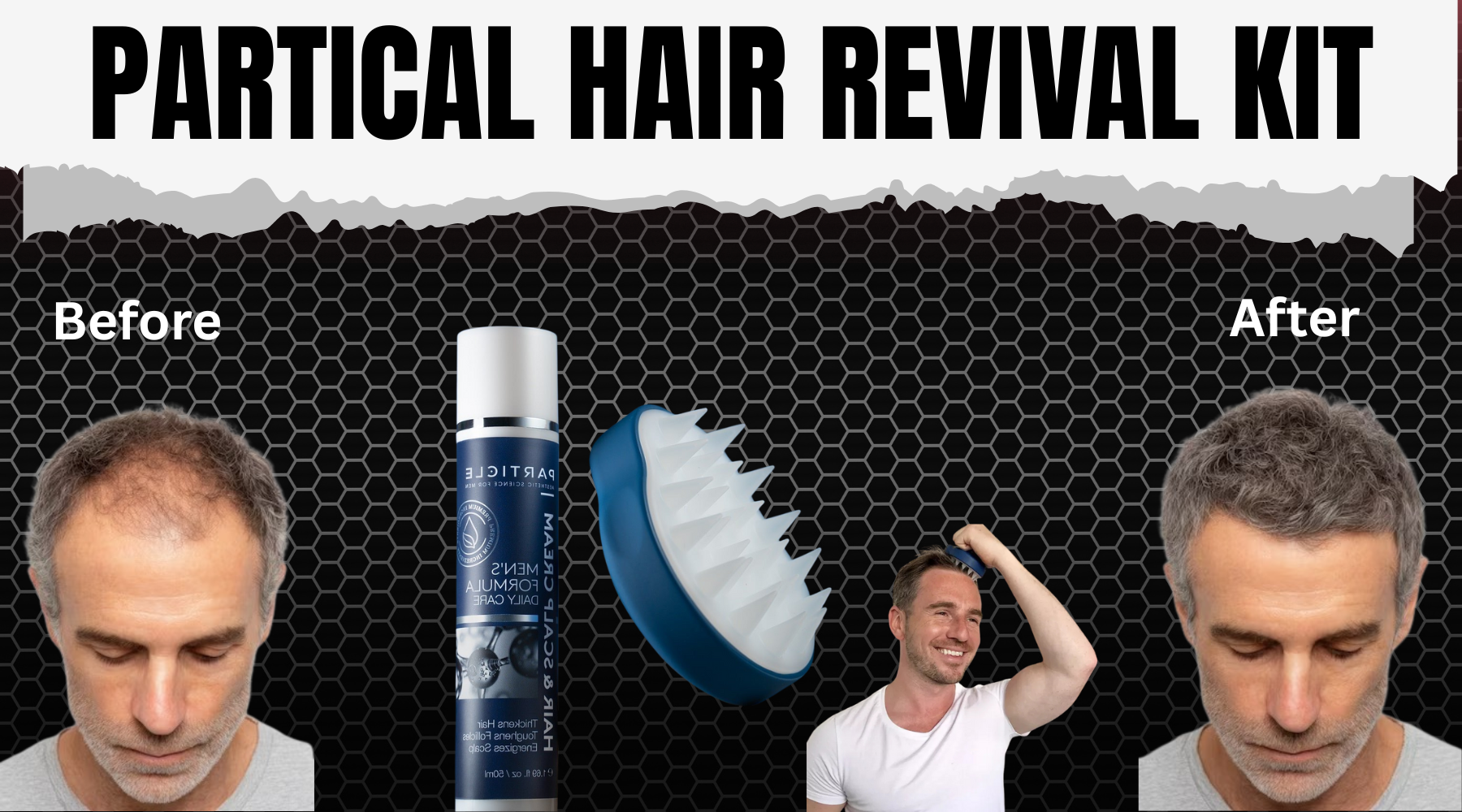Types of Wig Caps

So you’ve figured out your favorite wig hairstyle, the hair color that perfectly matches your skin tone and brings out your eyes, and how to correctly attach your wig, but do you know which cap construction is the best one for your needs?
Have you ever even tried more than one type of wig cap construction?
We’re guessing you haven’t.
Much like our favorite brand of mascara or heels, we tend to get attached to a particular style of wig cap early on without seeing what else is out there.
But just because you feel like your current wig cap construction style is working for you, it doesn’t mean there isn’t something better that you just haven’t tried yet.
Wig technology has come a long way in the past couple of years. Where our grandmothers had to worry about looking ‘unnatural’ if they wore a synthetic wig, today it’s almost impossible to tell the difference between a wig with synthetic hair or human hair.
So what makes the difference between strangers being able to tell you’re wearing a wig and your closest friends never even suspecting there is anything on your head?
The way your wig cap is constructed. I.E., your wig cap’s ‘construction.’
When you’re picking out a new wig, pay attention to the types of cap that hairstyle is offered with. Each wig cap construction type has their own pros and cons and will give you a completely different look and feel.

Lace Front Wigs
The #1 benefit of lace front wig caps is their ‘natural’ hairline. Lace front wigs are made to look like natural hair is growing out of your hairline.
Just ask Beyoncé. She’s been wearing lace front wigs for years and, if her hairstylist hadn’t told the world, none of us would ever know.
The hairline of a lace front wig cap can either extend from temple-to-temple or ear-to-ear, so if you’re planning on pulling your hair back into updos make sure your wig has ear-to-ear construction.
Pros of Lace Front Wigs
- Naturalness: Lace front wigs are the only cap type that perfectly mimics the look of a natural hairline.
- Wearability: Most lace front wigs come ready to wear and pre-styled.
- Styling Diversity: Because of the natural hairline, you can pull the hair of lace front wigs back off your face.
Cons of Lace Front Wigs
- Looseness: Over time, the cap of lace front wigs loosen. Luckily, this problem is easily solved by asking your stylist to fix/tighten your wig cap.
- Delicacy: Lace front wigs are incredibly delicate. If you aren’t very careful when attaching, removing, or storing your lace front wigs, they could easily rip or fall apart.

Monofilament Wigs
Monofilament wig caps, sometimes called ‘mono top,’ come with a magic trick pre-installed.
What’s the trick, you ask?
You can part them any 👏 way 👏 you 👏 want.
Monofilament caps are made with a mesh material that gives the illusion of hair growth from the scalp, unlike, well, basically every other type of wig cap. You can part your monofilament wig on the side, in the middle, or in any zigzag pattern you like.
There is a price to pay for all of this styling versatility, however. Monofilament caps can be uncomfortable, especially for women with sensitive scalps.
If you want a monofilament cap and have sensitive skin, make sure you opt for a double monofilament wig cap. They cost more, but double monofilament caps add a comfort layer that feels soft against sensitive skin.
Pros of Monofilament Wig Caps
- Adaptability: Feel free to part your monofilament wig any way you want, the cap is designed so that it looks like your hair is growing from your scalp however you decide to part it.
- Comfort: If you have a sensitive scalp because of chemotherapy treatments or other skin issues, double monofilament wig caps, “double mono caps,” are extremely comfortable and won’t irritate your head.
- Durability: Each hair of a monofilament cap is individually tied to the cap. If you accidentally pull out an individual hair or two, you won’t have to worry about the rest of your hairs coming out with it.
Cons of Monofilament Wig Caps
- Cost: We would officially like to start the petition for amending the phrase “Beauty is pain” to “Beauty is painful to your wallet.” Monofilament wig caps hold up for a long time and offer a lot of styling diversity, but those benefits can come at a steep price point.
- Discomfort: Standard monofilament caps can be pretty uncomfortable.

100% Hand Tied Wigs
100% hand-tied caps are the creme de la creme of wig cap types.
How come? Because the entire cap, back and sides, front, and crown, are all hand tied, guaranteeing that no matter how you style your wig it look natural.
100% hand-tied wig caps ‘move’ like regular hair; the hair flows like natural hair.
Just don’t be fooled into buying a cap labeled as ‘hand tied’ and thinking that means automatically means it’s 100% hand tied.
Regular hand tied wigs are wigs whose hair is partially hand tied - usually around the crown and the part - and not in other areas. The other areas of the cap are machine tied and, unfortunately, you can’t part the wig in the areas that are machine tied.
Pros of 100% Hand Tied Wig Caps
- Movement: Because of the way 100% hand-tied wig caps are tied, the hair of the wig moves just like natural hair.
- Craftswoman Quality: Sometimes hand-made items just work better, and that goes for wigs, too. Each hair of a 100% hand-tied wig is hand-knotted, making it the most secure cap option.
- Styling Versatility: Deep side parts, ponytails, half up hairdos, and formal looks - feel free to style your 100% hand-tied wig caps however you want.
- Comfort: 100% hand-tied wig caps are by far the most comfortable style of wig cap and ideal for people with sensitive skin or who are experiencing hair loss.
Cons of 100% Hand Tied Wig Caps
- Looseness: Many 100% hand-tied wig caps are also lace front caps, and because of that loosen up over time. Unless you’ve gone to cosmetology school, don’t try retightening your 100% hand-tied wig cap by yourself. You’ll risk damaging your wig cap if you do.
- Cost: Hundreds and hundreds of hand-tied individual hairs mean hundreds and hundreds of dollars out of your pocket.

Basic Wig Caps
There are four alternate names for basic wig caps: traditional weft cap, open weft cap, standard cap, and classic cap.
The hair of basic wig caps is hand or machine sewed into strips of material (cotton, felt, velvet, silk, or otherwise). These strips are wefted together (woven like a basket) to create the appearance of natural hair growing in different directions.
A standard variation of the basic weft wig cap is the open weft wig cap. As the name implies, the wefts of open weft caps are less dense with more space between them.
The benefits of an open weft wig cap are a lighter wig cap and better air circulation around the cap. Women going through chemotherapy often choose open weft wigs because they’re so great at keeping your head cool.
Pros of Basic Wig Caps
- Affordability: Basic wig caps are by far the least expensive wig cap type. If you want to stock up on some different wig styles all at once, basic wig caps are the most affordable way to do it.
- Durability: These wig caps are the most durable. Because of the way the wefts are sewn together, they won’t loosen up over time.
- Pre-Teased: Most basic wig caps come pre-teased at the roots, which means you can put on your wig and walk out the door with voluptuous, luminous hair. How many of your bio hair wearing friends can say that?
Cons of Basic Wig Caps
- Lack of Styling Versatility: If you’re buying a basic wig cap, make sure you’re buying it with a part style that you like. You can’t re-part a basic wig cap without making it look unnatural.
- Lack of Hair Fiber Options: Because basic wig caps are considered to be a cheaper option, they are typically only offered with synthetic or heat-friendly synthetic hair, not human hair wig.
Want to learn more about wig styles? Read our posts about Human Hair Wigs vs. Synthetic Wigs and Common Wig Myths.
Let us know which type of wig cap you love the most in the comments!






I have a basic cap on my wig. When it is on the Styrofoam head I can see the cap on top and at the ear tabs. Is this normal. I sure don’t want to go out looking like a freak. Thank you for your answer. Jennifer
First time wig wearer. All the information I can get is appreciated.